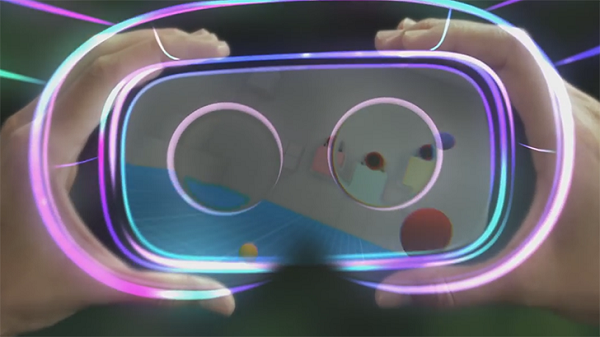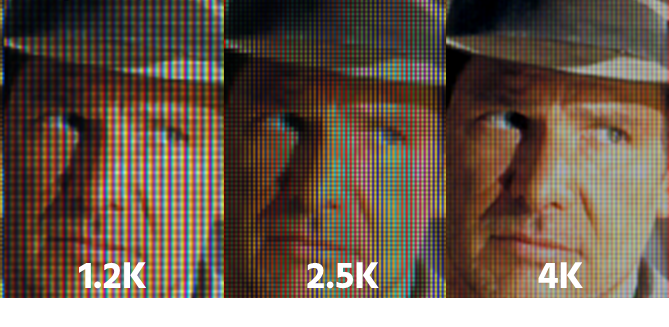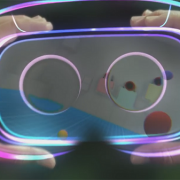Google-LG Display to show OLED for 1443ppi VR device for the first time in the world
Google and LG Display are planned to unveil OLED displays for ultra-high-resolution VR devices with the world’s first 1443 ppi at SID 2018 in Los Angeles in May.

<OLED for VR devices, which Google and LG Display will unveil, Source: Android Police>
According to the Verge, the OLED for VR devices released at SID 2018 has a resolution of 5657 x 3182 (1443 ppi) with 4.3 inches in size.
The resolution is 2.4 times higher than Samsung Electronics’ Odyssey (model no. XQ800ZAA-HC1KR), which is currently known to have the highest resolution of 1400 x 1600 (607ppi), among VR devices supporting HMD. Also, it is about 1.9 times higher than the OLED for VR devices (1824 x 1824, 806 ppi) displayed at iMiD 2017 in August, 2017.
Since the distance between the eyes and the display is very short, a VR device has a ‘side door effect’ phenomenon in which the pixel patterns of the display are shown in a lattice form when the resolution is low. In addition, low resolution increases the fatigue of eyes, and it becomes a factor that deteriorates reality due to inaccurate graphic information (image distortion). Accordingly, the related companies are developing panels for VR devices with high resolution that can compensate them.

<VR screen comparison according to resolution, Source: speedvr.co.uk>
OLEDs for VR devices to be exhibited by Google and LG Display are the best in the world at the refresh rate (120Hz), too.
Higher refresh rates can display more screen frames within the same time period to minimize the nausea phenomenon and increase immersion by showing more natural images. Accordingly, Oculus VR, HTC, and Korea Information and Communications Technology Association have prescribed the refresh rate of the VR display as 90 Hz or more, and SONY defined as 120 Hz.
According to the ‘Display Market Report for AR and VR’ published by UBI Research in July 2017, the VR devices launched from 2014 to 2016 have a refresh rate of about 65 Hz for LCDs and about 86 Hz for OLEDs. In order to implement a high refresh rate, OLEDs with higher response speeds and lower power consumption than LCDs are more advantageous.




댓글을 남겨주세요
Want to join the discussion?Feel free to contribute!